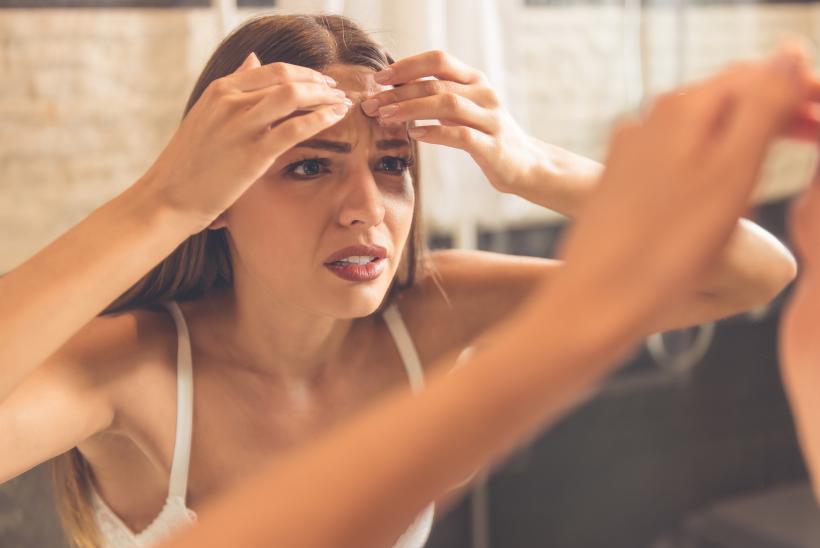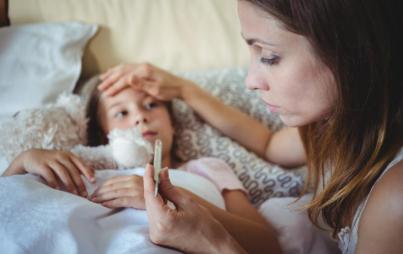
From zinc supplements to Witch Hazel, here are 10 natural acne remedies you've got to try!
Most people suffer from pesky blemishes at some point in their life, and acne is a frustrating problem to treat. It has multiple causes, and thus there is no one-size-fits-all treatment. Annoying.
Of course, there’s no substitute for going to a dermatologist, but if you want to treat acne naturally and from home, there are plenty of options to try. And because they’re “green” they’re typically unlikely to carry risk and are fairly affordable.
Here are ten natural tips and tricks to reduce and treat acne.
1. Zinc Supplements.
Studies have shown that those who have acne often have lower levels of zinc in their blood than those with clear skin. Taking a zinc supplement orally can help reduce acne, though not more than 40mg a day, as this can cause gut irritation.
2. Neem Oil.
Neem oil (applied topically) is both anti-inflammatory and anti-bacterial. It can help soothe and heal existing breakouts while preventing new ones from forming. Neem also has a high fatty acid content, meaning it can help moisturize post-acne marks, and even help fade acne scars.
3. Manuka Honey.
Manuka honey applied to the skin as a cleanser or mask is a brilliant combination of antibacterial and hydrating. This means it reduces inflammation without over drying skin, which can lead to more oil production. It sounds like it’d be annoying to use, but it rinses clean with water and feels surprisingly un-sticky. Remove with a washcloth for a boost in exfoliation, too.
4. Redbush Tea.
Drinking redbush tea can help reduce acne in two ways. Firstly, it has anti-inflammatory properties on the gut. And secondly, it’s a caffeine, sugar, and dairy free hot beverage which can help replace coffee throughout the day, and thus reduce dehydration overall. Although there is a lack of studies on the effects, there are plenty of glowing testimonials for redbush tea as an acne fighter.
5. Tea Tree Oil.
Tea tree is sometimes called “nature’s benzoyl peroxide” because of its potent antibacterial properties. Unlike benzoyl peroxide, though, tea tree oil doesn’t have the irritating bleaching properties that have been the death of many a pillowcase. It should be diluted, either with water in a spray bottle or with a carrier oil like sweet almond to avoid further irritating and damaging the skin.
You Might Also Like: Natural Remedies For PMS
6. Apple Cider Vinegar.
While some claim it’s great as a toner, apple cider vinegar has more acne fighting benefits when ingested. It’s particularly great for those suffering from hormonal acne, as it helps with digestion and maintaining a healthy, steady level of blood sugar. Put four tablespoons in sixteen ounces of water and drink in the morning.
7. Witch Hazel.
Available from most health food stores, pure witch hazel is a brilliant toner for acneaic, irritated, or congested skin. It’s an astringent (meaning it tightens the appearance of pores), anti-inflammatory (meaning it immediately reduces redness – particularly post-picking) and antibacterial (meaning it can help prevent future breakouts). Now that’s what we call a triple threat.
8. Fish Oil.
A diet high in fish oil increases levels of eicosapentaenoic acid (EPA) and docosahexaenoic acid (DHA). EPA manages oil production in the skin, helping with hydration, while DHA is an internal anti-inflammatory. Fish oil can be taken in supplements or increased through consumption of oily fish like salmon, anchovies, and sardines.
9. Lymphatic Drainage.
The lymphatic system carries nutrients between skin tissue and blood while removing waste materials. However, sometimes it can become overloaded, and toxins can remain trapped in the skin – particularly around the jawline, which can lead to breakouts. Introducing a facial massage into your cleansing routine can help stimulate lymphatic drainage and thus reduce breakouts.
10. A Low Glycemic Index Diet.
A food’s glycemic index is measured by how quickly it heightens blood sugar. A spike in blood sugar means a spike in insulin, which can trigger sebum production. Good, low GI foods are fruit, vegetables, nuts, grains, and legumes. High GI foods best avoided are processed foods like sugary drinks, white carbs, cakes, and candy.







